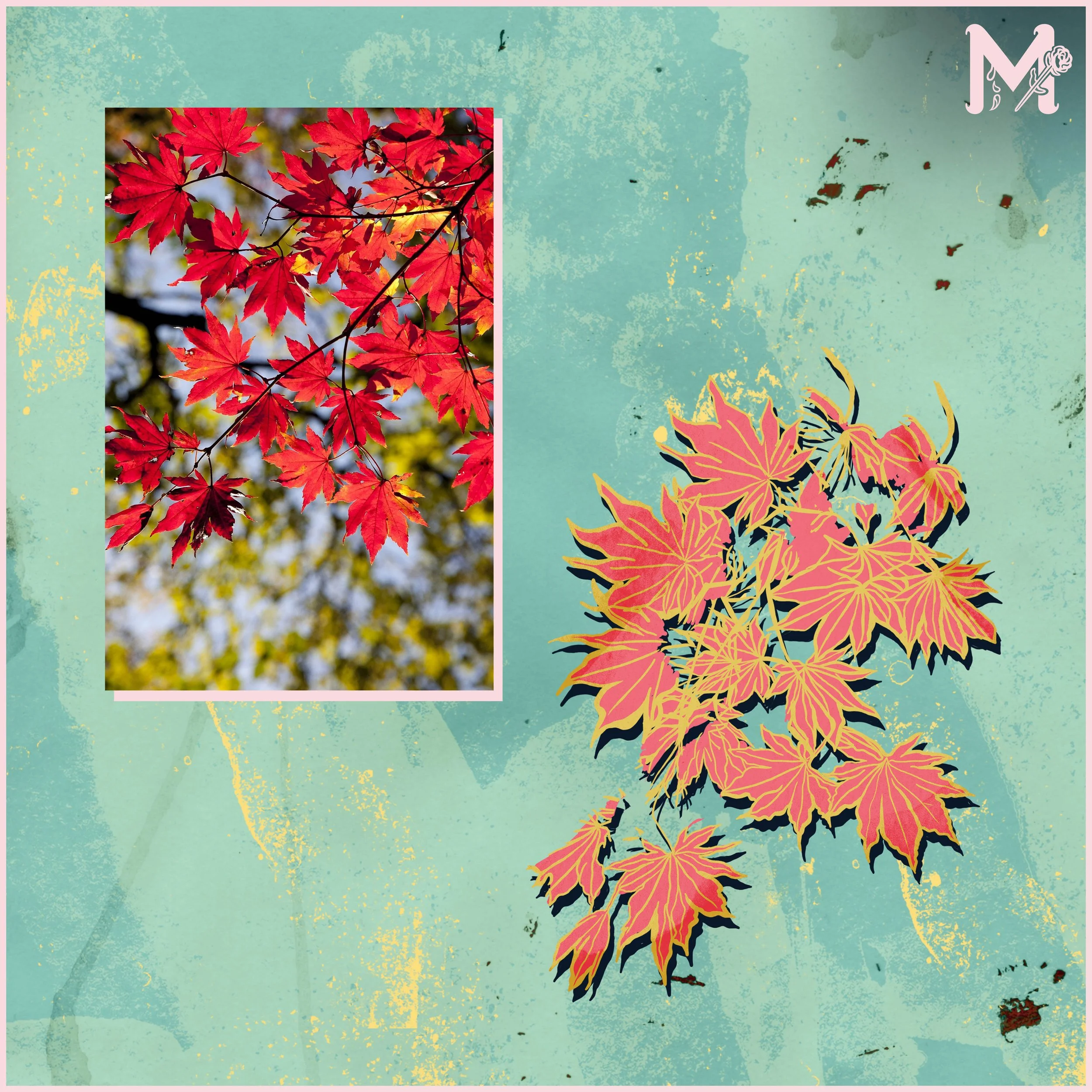
St. Teresa of Ávila
St. Teresa of Ávila
Rapturous Mystic 1515–1582
Patronage Headache Pains, Ávila, Walking Barefoot, Prayerful Visions, & Spanish Writers
Feast Day October 15
Teresa is a Doctor of the Church. After struggling with spiritual discipline and facing laxity in the convent, she rededicated herself to prayer. Against opposition, she reformed the Carmelite convents of her time. She and St. John of the Cross were close friends. Teresa was a serious mystic; witnesses even claimed to see her levitate in states of ecstasy.
Small Snippet
Saint Teresa, intercede to the Holy Ghost that I may hold onto hope when all I feel is darkness, anxiety, and doubt.
Prayer

Artistic Process
When I visited Venice in 2019, I stumbled into a church known as Chiesa degli Scalzi, which means barefoot. This is a nod to the Carmelite sisters that Teresa was a part of, whom mainly lived barefoot.
When I saw this statue, which is “Statue of Ecstasy of St. Teresa” by Heinrich Meyring (1697) I had to take a photo of it, which I knew I would eventually make a design of.
Sculpture Photo
Sometimes, we just choose images because we think they will mesh well with the subject matter. This is one of those cases. I felt leaves grounded Teresa as she is in ecstasy, which is a way of describing the mystical vision she had in prayer.
Japanese Maple Leaves
The Chinese Hibiscus flower attracts butterflies for simply being itself. Teresa attracted many mystical visions in the same way. She didn’t do anything special. She was simply herself. Red represents her stern stance on reforming her convent.
Garlic Chives represent how strong her personality was. Not everyone liked Teresa. Some were jealous of her. Others scoffed at her for simplicity. Garlic is pungent and delicious, but it’s not for everyone.
Flower Significance





